Merry Christmas
(Birth Day Celebration of Jesus Christ, the Son of God and the savior of all people)
Christmas or Christmas Day is a holiday observed generally on December 25 to commemorate the birth of Jesus, the central figure of Christianity. The date is not known to be the actual birthday of Jesus, and may have initially been chosen to correspond with either the day exactly nine months after some early Christians believed Jesus had been conceived, the date of the winter solstice on the ancient Roman calendar, or one of various ancient winter festivals. Christmas is central to the Christmas and holiday season, and in Christianity marks the beginning of the larger season of Christmastide, which lasts twelve days.
Christmas is both a sacred religious holiday and a worldwide cultural and commercial phenomenon. For two millennia, people around the world have been observing it with traditions and practices that are both religious and secular in nature. Christians celebrate Christmas Day as the anniversary of the birth of Jesus of Nazareth, a spiritual leader whose teachings form the basis of their religion. Popular customs include exchanging gifts, decorating Christmas trees, attending church, sharing meals with family and friends and, of course, waiting for Santa Claus to arrive. December 25--Christmas Day--has been a federal holiday in the United States since 1870.
Although nominally a Christian holiday, Christmas is also widely celebrated by many non-Christians, and many of its popular celebratory customs have pre-Christian or secular themes and origins. Popular modern customs of the holiday include gift-giving, music, an exchange of greeting cards, church celebrations, a special meal, and the display of various decorations; including Christmas trees, lights, garlands, mistletoe, nativity scenes, and holly. In addition, several similar mythological figures, known as Saint Nicholas, Father Christmas and Santa Claus among other names, are associated with bringing gifts to children during the Christmas season.
Because gift-giving and many other aspects of the Christmas festival involve heightened economic activity among both Christians and non-Christians, the holiday has become a significant event and a key sales period for retailers and businesses. The economic impact of Christmas is a factor that has grown steadily over the past few centuries in many regions of the world.
Christmas and Santa Claus
Santa Claus, also known as Saint Nicholas, Father Christmas, Kris Kringle, or simply "Santa", is a figure which was derived from the Dutch figure of Sinterklaas, a historical, legendary figure who in many Western cultures, is said to bring gifts to the homes of the good children during the late evening and overnight hours of Christmas Eve, December 24 or on his Feast Day, December 6 (Saint Nicholas Day).
Christmas Facts
Each year, 30-35 million real Christmas trees are sold in the United States alone. There are 21,000 Christmas tree growers in the United States, and trees usually grow for about 15 years before they are sold.
Today, in the Greek and Russian orthodox churches, Christmas is celebrated 13 days after the 25th, which is also referred to as the Epiphany or Three Kings Day. This is the day it is believed that the three wise men finally found Jesus in the manger.
In the Middle Ages, Christmas celebrations were rowdy and raucous—a lot like today's Mardi Gras parties.
From 1659 to 1681, the celebration of Christmas was outlawed in Boston, and law-breakers were fined five shillings.
Christmas wasn't a holiday in early America—in fact Congress was in session on December 25, 1789, the country's first Christmas under the new constitution.
Christmas was declared a federal holiday in the United States on June 26, 1870.
The first eggnog made in the United States was consumed in Captain John Smith's 1607 Jamestown settlement.
Poinsettia plants are named after Joel R. Poinsett, an American minister to Mexico, who brought the red-and-green plant from Mexico to America in 1828.
The Salvation Army has been sending Santa Claus-clad donation collectors into the streets since the 1890s.
Rudolph, "the most famous reindeer of all," was the product of Robert L. May's imagination in 1939. The copywriter wrote a poem about the reindeer to help lure customers into the Montgomery Ward department store.
Construction workers started the Rockefeller Center Christmas tree tradition in 1931.
How "Merry Christmas" is said in different countries
Afrikaans: Geseënde Kersfees
Afrikander: Een Plesierige Kerfees
African/ Eritrean/ Tigrinja: Rehus-Beal-Ledeats
Albanian:Gezur Krislinjden
Arabic: Milad Majid
Argentine: Feliz Navidad
Armenian: Shenoraavor Nor Dari yev Pari Gaghand
Azeri: Tezze Iliniz Yahsi Olsun
Bahasa Malaysia: Selamat Hari Natal
Basque: Zorionak eta Urte Berri On!
Bengali: Shuvo Naba Barsha
Bohemian: Vesele Vanoce
Bosnian: (BOSANSKI) Cestit Bozic i Sretna Nova godina
Brazilian: Feliz Natal
Breton: Nedeleg laouen na bloavezh mat
Bulgarian: Tchestita Koleda; Tchestito Rojdestvo Hristovo
Catalan: Bon Nadal i un Bon Any Nou!
Chile: Feliz Navidad
Chinese: (Cantonese) Gun Tso Sun Tan'Gung Haw Sun
Chinese: (Mandarin) Kung His Hsin Nien bing Chu Shen Tan
Choctaw: Yukpa, Nitak Hollo Chito
Columbia: Feliz Navidad y Próspero Año Nuevo
Cornish: Nadelik looan na looan blethen noweth
Corsian: Pace e salute
Crazanian: Rot Yikji Dol La Roo
Cree: Mitho Makosi Kesikansi
Croatian: Sretan Bozic
Czech: Prejeme Vam Vesele Vanoce a stastny Novy Rok
Danish: Glædelig Jul
Duri: Christmas-e- Shoma Mobarak
Dutch: Vrolijk Kerstfeest en een Gelukkig Nieuwjaar! or Zalig Kerstfeast
English: Merry Christmas
Eskimo: (inupik) Jutdlime pivdluarit ukiortame pivdluaritlo!
Esperanto: Gajan Kristnaskon
Estonian: Rõõmsaid Jõulupühi
Ethiopian: (Amharic) Melkin Yelidet Beaal
Faeroese: Gledhilig jol og eydnurikt nyggjar!
Farsi: Cristmas-e-shoma mobarak bashad
Finnish: Hyvaa joulua
Flemish: Zalig Kerstfeest en Gelukkig nieuw jaar
French: Joyeux Noel
Frisian: Noflike Krystdagen en in protte Lok en Seine yn it Nije Jier!
Galician: Bo Nada
Gaelic: Nollaig chridheil agus Bliadhna mhath ùr!
German: Fröhliche Weihnachten
Greek: Kala Christouyenna!
Haiti: (Creole) Jwaye Nowel or to Jesus Edo Bri'cho o Rish D'Shato Brichto
Hausa: Barka da Kirsimatikuma Barka da Sabuwar Shekara!
Hawaiian: Mele Kalikimaka
Hebrew: Mo'adim Lesimkha. Chena tova
Hindi: Shub Naya Baras (good New Year not Merry Christmas)
Hungarian: Kellemes Karacsonyi unnepeket
Icelandic: Gledileg Jol
Indonesian: Selamat Hari Natal
Iraqi: Idah Saidan Wa Sanah Jadidah
Irish: Nollaig Shona Dhuit, or Nodlaig mhaith chugnat
Iroquois: Ojenyunyat Sungwiyadeson honungradon nagwutut. Ojenyunyat osrasay.
Italian: Buone Feste Natalizie
Japanese: Shinnen omedeto. Kurisumasu Omedeto
Jiberish: Mithag Crithagsigathmithags
Korean: Sung Tan Chuk Ha
Lao: souksan van Christmas
Latin: Natale hilare et Annum Faustum!
Latvian: Prieci'gus Ziemsve'tkus un Laimi'gu Jauno Gadu!
Lausitzian:Wjesole hody a strowe nowe leto
Lettish: Priecigus Ziemassvetkus
Lithuanian: Linksmu Kaledu
Low Saxon: Heughliche Winachten un 'n moi Nijaar
Luxembourgish: Schèine Chreschtdaag an e gudde Rutsch
Macedonian: Sreken Bozhik
Maltese: IL-Milied It-tajjeb
Manx: Nollick ghennal as blein vie noa
Maori: Meri Kirihimete
Marathi: Shub Naya Varsh (good New Year not Merry Christmas)
Navajo: Merry Keshmish
Norwegian: God Jul, or Gledelig Jul
Occitan: Pulit nadal e bona annado
Papiamento: Bon Pasco
Papua New Guinea: Bikpela hamamas blong dispela Krismas na Nupela yia i go long yu
Pennsylvania German: En frehlicher Grischtdaag un en hallich Nei Yaahr!
Peru: Feliz Navidad y un Venturoso Año Nuevo
Philippines: Maligayang Pasko!
Polish: Wesolych Swiat Bozego Narodzenia or Boze Narodzenie
Portuguese:Feliz Natal
Pushto: Christmas Aao Ne-way Kaal Mo Mobarak Sha
Rapa-Nui (Easter Island): Mata-Ki-Te-Rangi. Te-Pito-O-Te-Henua
Rhetian: Bellas festas da nadal e bun onn
Romanche: (sursilvan dialect): Legreivlas fiastas da Nadal e bien niev onn!
Rumanian: Sarbatori vesele or Craciun fericit
Russian: Pozdrevlyayu s prazdnikom Rozhdestva is Novim Godom
Sami: Buorrit Juovllat
Samoan: La Maunia Le Kilisimasi Ma Le Tausaga Fou
Sardinian: Bonu nadale e prosperu annu nou
Scots Gaelic: Nollaig chridheil huibh
Serbian: Hristos se rodi.
Singhalese: Subha nath thalak Vewa. Subha Aluth Awrudhak Vewa
Slovak: Vesele Vianoce. A stastlivy Novy Rok
Slovene: Vesele Bozicne Praznike Srecno Novo Leto or Vesel Bozic in srecno Novo leto
Spanish: Feliz Navidad
Swedish: God Jul and (Och) Ett Gott Nytt År
Tagalog: Maligayamg Pasko. Masaganang Bagong Taon
Tamil: (Tamizh) Nathar Puthu Varuda Valthukkal (good New Year not Merry Christmas)
Trukeese: (Micronesian) Neekiriisimas annim oo iyer seefe feyiyeech!
Thai: Sawadee Pee Mai or souksan wan Christmas
Turkish: Noeliniz Ve Yeni Yiliniz Kutlu Olsun
Ukrainian: Srozhdestvom Kristovym or Z RIZDVOM HRYSTOVYM
Urdu: Naya Saal Mubarak Ho (good New Year not Merry Christmas)
Vietnamese: Chuc Mung Giang Sinh
Welsh: Nadolig Llawen
Yoruba: E ku odun, e ku iye'dun!
Merry Christmas to All..
jingle bell jingle bell
jingle all the way
Santa clause is coming along
riding on a sledge
jingle bell jingle bell
jingle all the way
santa clause is coming along
riding on a sledge
Christmas Wallpapers
Courtesy:
http://www.santas.net
http://en.wikipedia.org/wiki/Christmas
http://www.history.com/topics/christmas
 A Lovebird is one of nine species of the genus Agapornis. They are a social and affectionate small parrot. Seven species are native to the African continent, while the Grey-headed Lovebird is native to Madagascar. Their name stems from the parrots' strong, monogamous pair bonding and the long periods which paired birds spend sitting together. Lovebirds live in small flocks and eat fruit, vegetables, grasses and seed. Black-winged Lovebirds also eat insects and figs, and the Black-collared Lovebirds have a special dietary requirement for native figs, making them problematic to keep in captivity.
A Lovebird is one of nine species of the genus Agapornis. They are a social and affectionate small parrot. Seven species are native to the African continent, while the Grey-headed Lovebird is native to Madagascar. Their name stems from the parrots' strong, monogamous pair bonding and the long periods which paired birds spend sitting together. Lovebirds live in small flocks and eat fruit, vegetables, grasses and seed. Black-winged Lovebirds also eat insects and figs, and the Black-collared Lovebirds have a special dietary requirement for native figs, making them problematic to keep in captivity. A Lovebird is one of nine species of the genus Agapornis. They are a social and affectionate small parrot. Seven species are native to the African continent, while the Grey-headed Lovebird is native to Madagascar. Their name stems from the parrots' strong, monogamous pair bonding and the long periods which paired birds spend sitting together. Lovebirds live in small flocks and eat fruit, vegetables, grasses and seed. Black-winged Lovebirds also eat insects and figs, and the Black-collared Lovebirds have a special dietary requirement for native figs, making them problematic to keep in captivity.
A Lovebird is one of nine species of the genus Agapornis. They are a social and affectionate small parrot. Seven species are native to the African continent, while the Grey-headed Lovebird is native to Madagascar. Their name stems from the parrots' strong, monogamous pair bonding and the long periods which paired birds spend sitting together. Lovebirds live in small flocks and eat fruit, vegetables, grasses and seed. Black-winged Lovebirds also eat insects and figs, and the Black-collared Lovebirds have a special dietary requirement for native figs, making them problematic to keep in captivity.
















.jpg)
.jpg)



















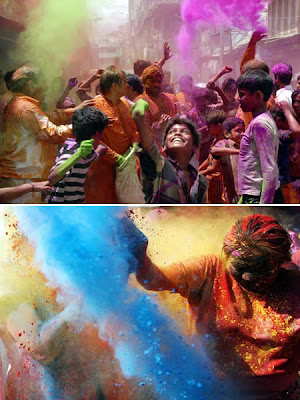+01.jpg)








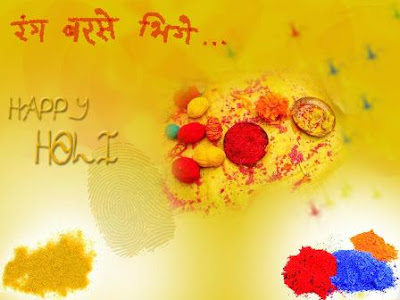
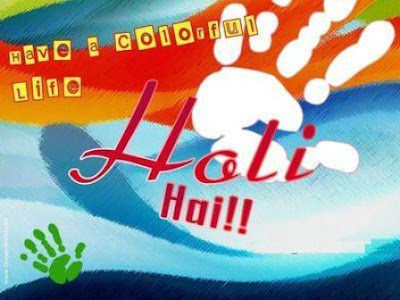







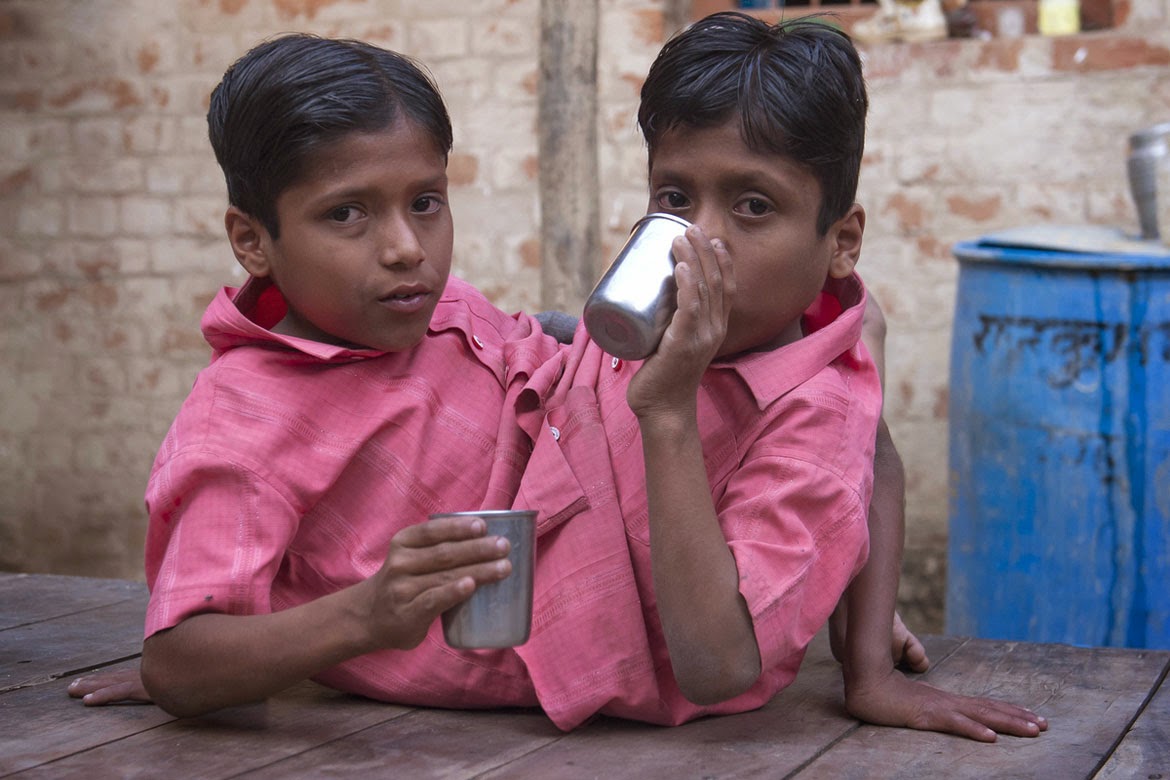

































.jpg)




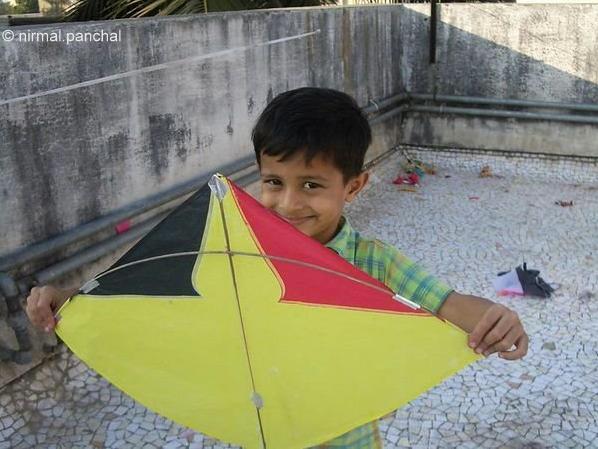












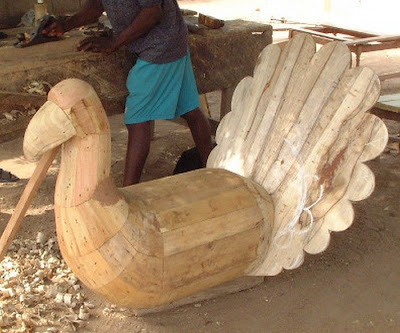

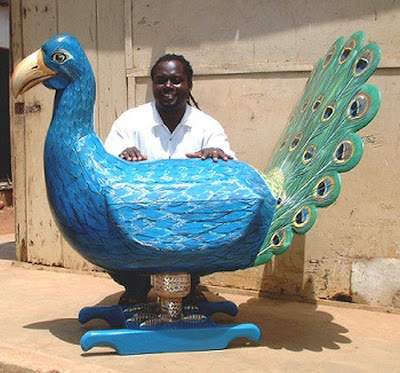









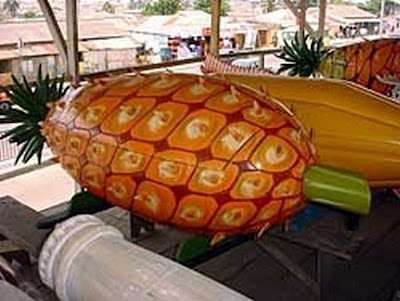
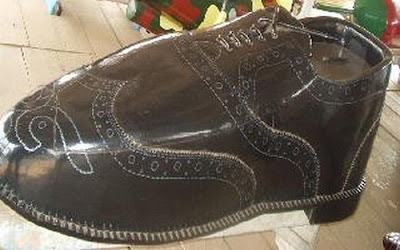











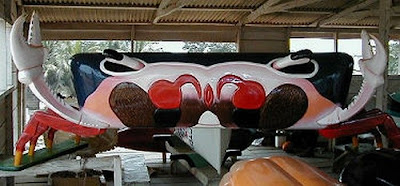
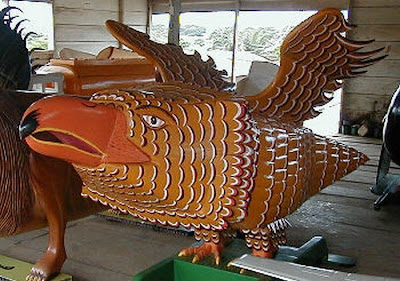










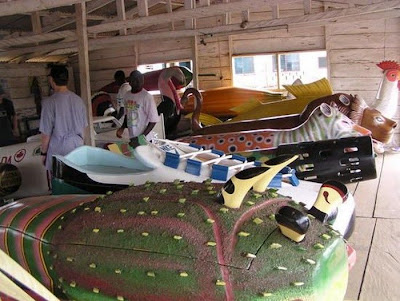




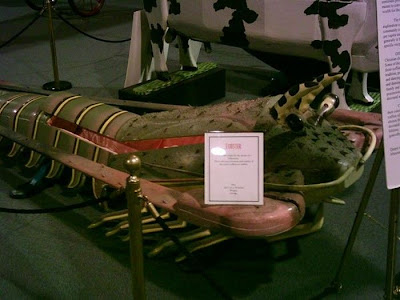

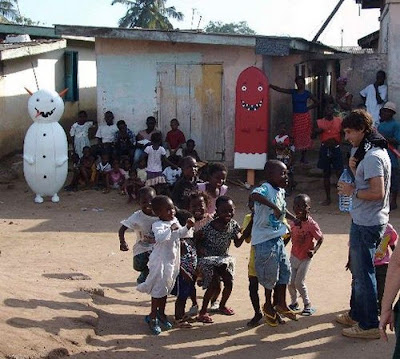



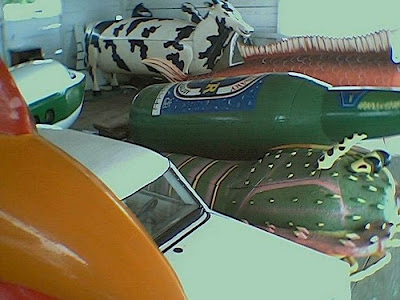

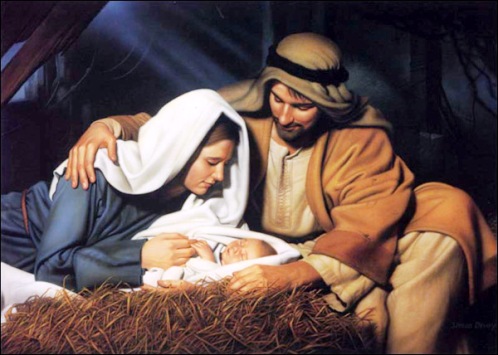






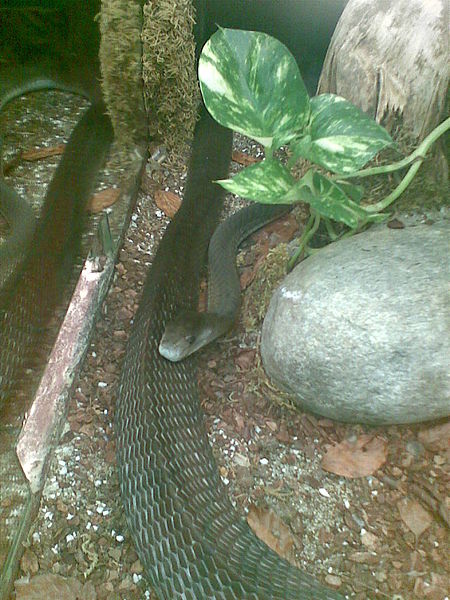








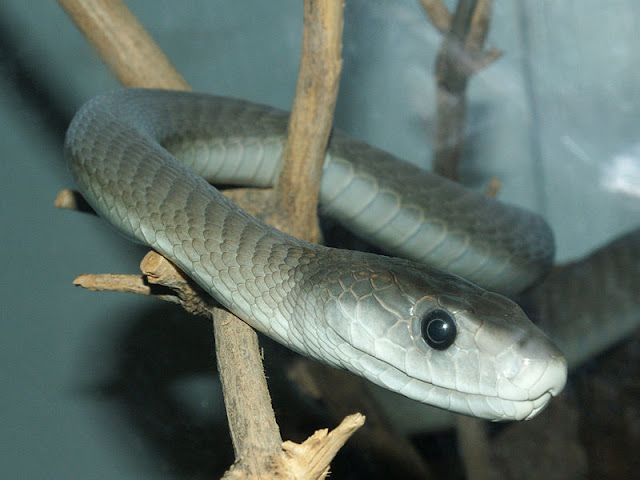
















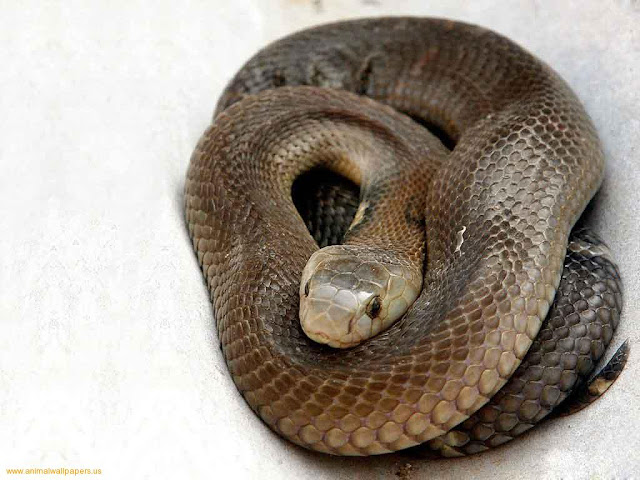
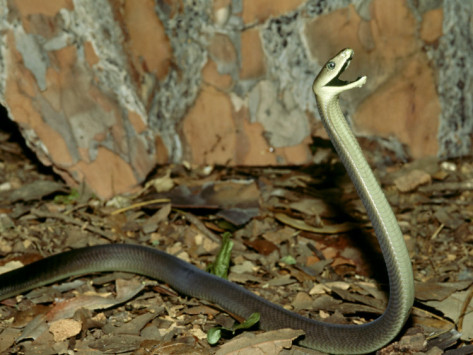



























































































































.jpg)






















+01.jpg)










